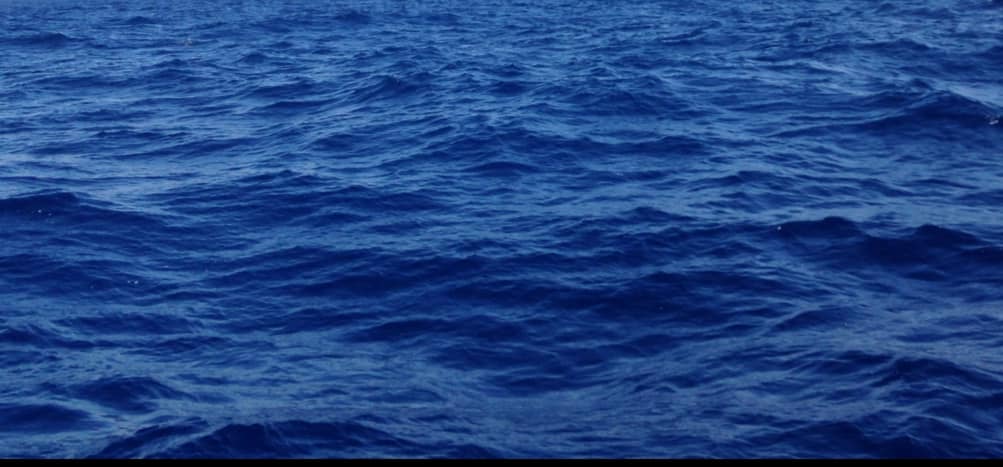Article from the Archives: ‘Britannic: The Length and Breadth of The Ship’
Even today, precisely 107 years after Britannic‘s loss, her history is often misunderstood. Many popular beliefs about her are demonstrably false. Among them are two basic points about her dimensions:
- The belief that she was 903 feet long (overall length), whereas she was exactly the same length as her older sisters.
- The belief that her beam (breadth) was increased following the Titanic disaster in order to make room for the ‘inner skin’ which was fitted along the length of her boiler and engine rooms. In reality, the decision to increase her beam had been taken already prior to the keel being laid.
This detailed article provides an analysis of the evidence about her length and discusses the reasons her breadth was increased. It was first published in the Titanic Historical Society’s Titanic Commutator February 2020: Pages 171-76.

Above: The sea above Britannic‘s wreck is a beautiful, deep blue (photographed in 2016). (Author’s collection)
